Why am I Gaining Weight Despite Diet and Exercise? │ QA
If you’re careful with your nutrition, working out weekly, and still experiencing problems with your weight, take a moment to read this QA.
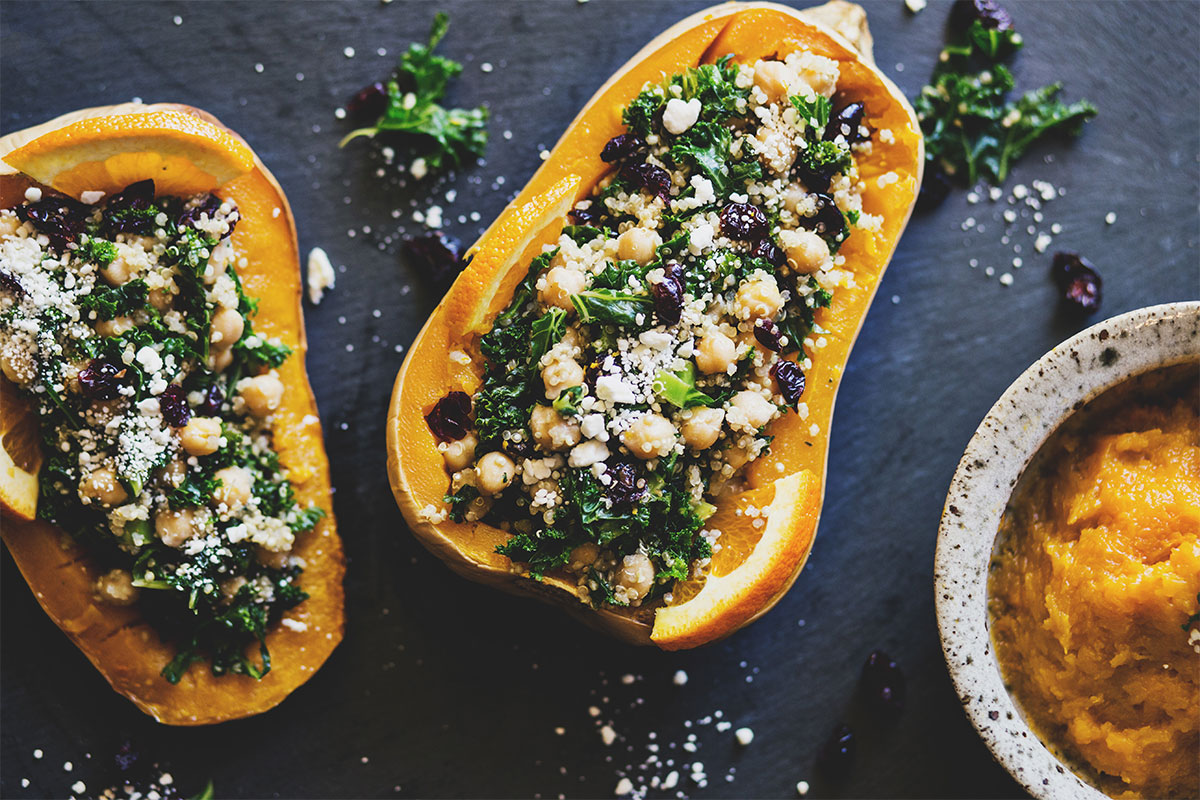

What type of foods should I eat, and exercises should I do? I want to lose 50 lbs. safely. I’m 5’7″ and weigh 203 lbs. and I want to reduce my BMI. How can I stay motivated to workout consistently and hard?
– Kristy M.

Since your height and weight don’t tell me anything about who you are, it’s difficult to say what foods you should eat. There are several approaches to weight loss. One is to start with what you already eat and reduce portions, say by 25%. Another is to calorie count and track your intake. You could also go vegetarian. But realistically, the plan you choose should match up with how you live and what you believe about food. I mean, telling you to cook steel cut oats if you dash out the door in 10 minutes each morning is a set-up for failure! I can say that nearly everyone could stand to eat more wholesome, unprocessed ‘clean’ plant-based foods and avoid fried food, candy, junk food, and soda.
I’d encourage you to work through our 90 Day Nutrition Plan to a Leaner You, laid out over three parts. #MoveMoreBurnMore
Motivation comes from within, but a repeating few mantras or sayings can help keep you focused:
As far as working out hard, know that it takes a change to create a change – push yourself out of your comfort zone so your body is forced to adapt.
– Debbie J., MS, RD
This article should not replace any exercise program or restrictions, any dietary supplements or restrictions, or any other medical recommendations from your primary care physician. Before starting any exercise program or diet, make sure it is approved by your doctor.
Some questions have been edited for length and/or clarity.
 Have a nutrition question? Our registered dietitian is ready to help!
Have a nutrition question? Our registered dietitian is ready to help!
Email nutrition@lafitness.com or submit your question below and it may be featured in an upcoming article!
If you’re careful with your nutrition, working out weekly, and still experiencing problems with your weight, take a moment to read this QA.
Blood sugar control isn’t easy. These are Debbie’s top recommendations for how to address weight control with Type II Diabetes.
It's easier to work hard when you’ve got a game plan. Here are some options to help keep you moving until the last second of your workout!
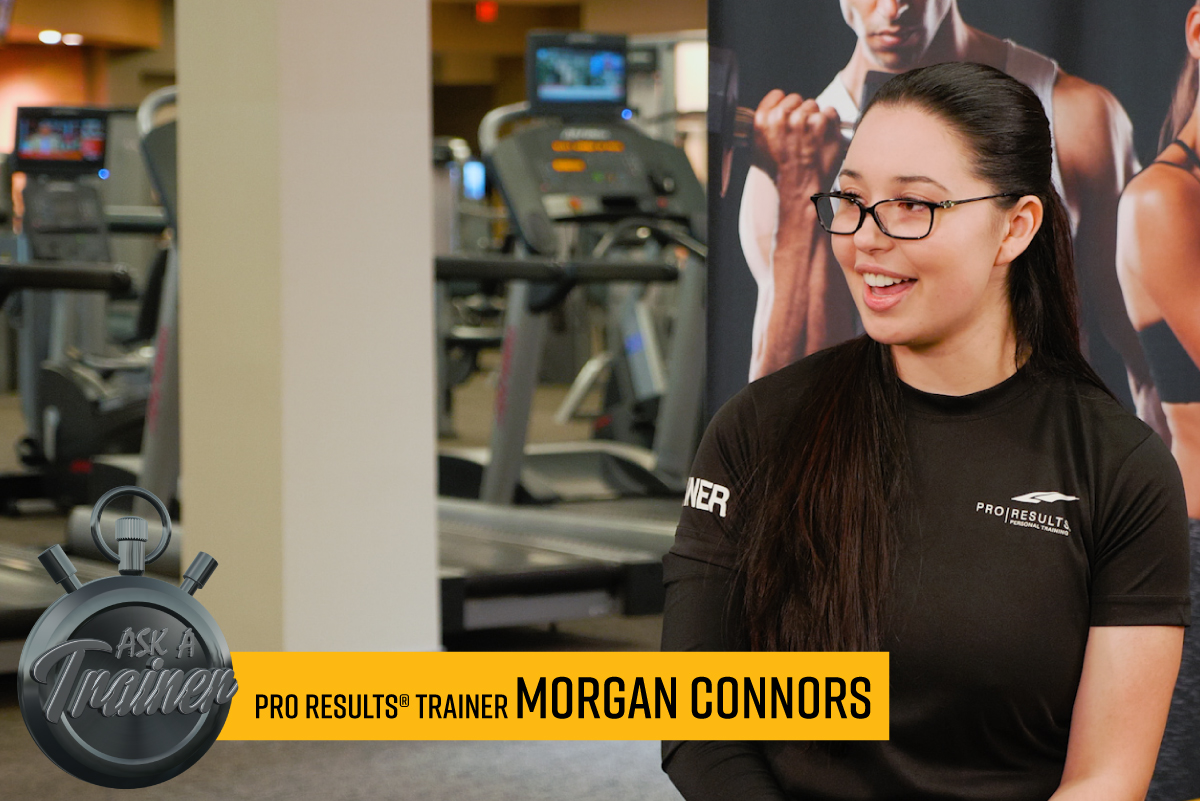
On this episode of ‘Ask A Trainer’ we speak with LA Fitness Pro Results® trainer Morgan C., and get her expert advice on whether or not strength training or cardio should come first when it comes to weight loss.
**Selected submissions will be featured on the LA Fitness blog and possibly other LA Fitness digital media entities & websites. By making a submission, you hereby grant LA Fitness a non-exclusive, perpetual, worldwide, irrevocable license to use and make copies of the contents of such submission for any purpose and in any medium whatsoever, and you hereby waive and relinquish any copyright or other intellectual property right you may have in the contents of such submission and your right to pursue any claim for LA Fitness’s violation of those intellectual property rights.
If you’re careful with your nutrition, working out weekly, and still experiencing problems with your weight, take a moment to read this QA.
Blood sugar control isn’t easy. These are Debbie’s top recommendations for how to address weight control with Type II Diabetes.
It's easier to work hard when you’ve got a game plan. Here are some options to help keep you moving until the last second of your workout!
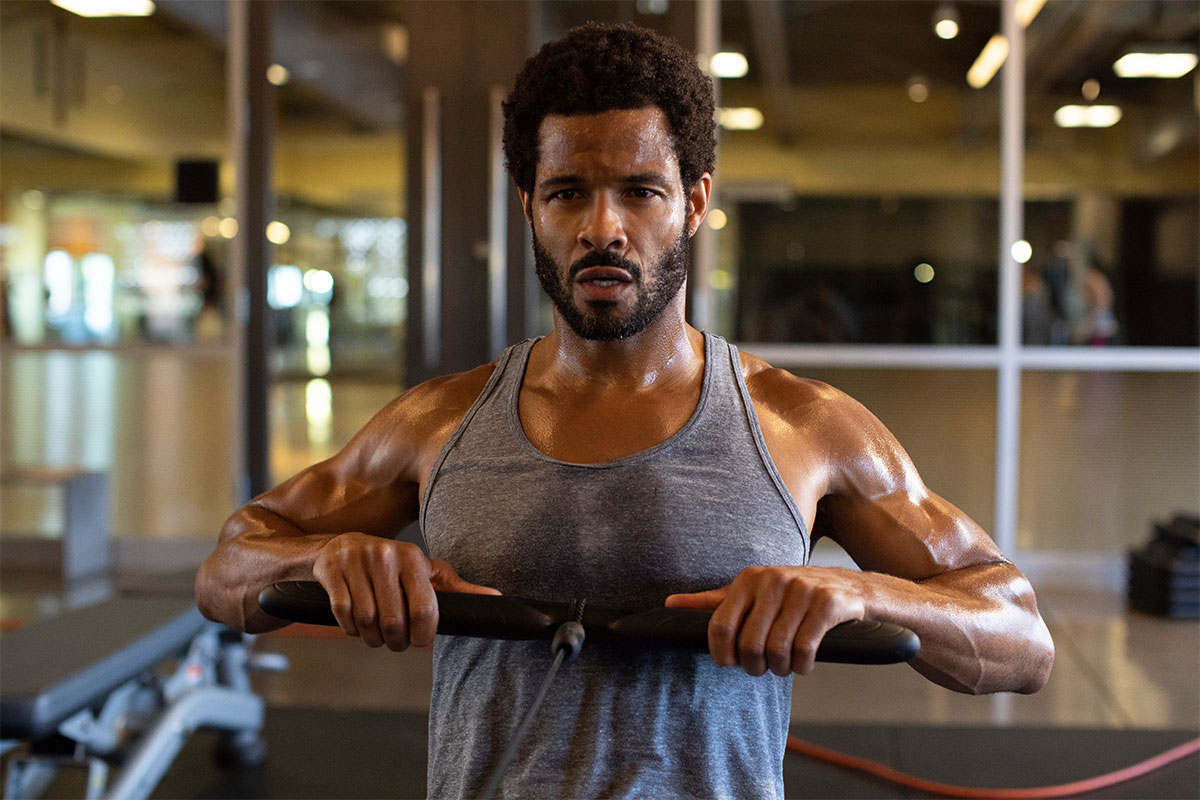
Watch out because we’re about to HIIT you with some facts (that’s the only pun, I swear).
HIIT, otherwise known as high-intensity interval training, is a fast yet challenging way to get your workout in and continue burning calories afterward your workout as well. This is due to the Afterburn Effect” caused by EPOC, or post-exercise oxygen consumption. EPOC can help HIIT enthusiasts burn calories for up to 36 hrs. after their workout!*
Shorter workout periods and longer calorie-burning times? It sounds too good to be true.
(But it’s not.)
HIIT incorporates functional exercises, core training, cardio interval training, and strength training. The key is focusing on different heart rate training zones. Each zone uses a different percentage of max heart rate, allowing for different types of burns. While there are different types of HIIT workouts ranging from 10 minutes, all the way to an hour, HIIT by LAF uses the full hour so you get the best workout to help maximize your endurance, calorie burn, and fat loss.



In order to achieve the “Afterburn Effect”, you should maintain staying within 80% to 89% of your max heart rate for 15-25 minutes throughout your workout. This is when carbohydrates and fats go through supply variances and help contribute to the burn. Due to HIIT being based around heart rate, a heart rate monitor is suggested in order to properly monitor your workout.
In a HIIT by LAF class, MYZONE Heart Rate monitors are worn. MYZONE uses the HUNT formula to calculate max HR.
Max HR = 211 – (0.64 x age)
For example, a 28-year-old female would calculate her max HR like this –
Step 1: Multiple 0.64 x 28 (person’s age), which equals 17.92.
Step 2: Subtract that number (17.92) from 211, which equals a maximum heart rate of 193.08.
0.64 x 28 = 17.92
211 – 17.92 = 193.08
The whole purpose of interval training is to help increase calorie burn and build more lean muscle mass. With HIIT, the body may be burning through more calories than it’s used to, depending on your old routine. Because of this, it’s super important that you’re giving your body the nutrition it needs in order to sustain a high-intensity workout – and that means plenty of protein.
Check out our list of protein suggestions you may want to add to your diet!
Thinking about giving HIIT by LAF a try? Find out more by checking out some FAQs here.
The Living Healthy Podcast recently published an episode that dives further into what HIIT training encompasses, who HIIT training benefits the most, and why it may be worth adding to your exercise routine. LA Fitness Master Trainer, Geoff F., is our expert on the matter. Listen to the full episode, here.
Visit one of the following LA Fitness locations and try out a HIIT by LAF class today!*
Illinois
Tinley Park (Signature Club)
Arizona
PHOENIX BELL RD, AZ
California
AGOURA HILLS (SIG), CA
NORWALK IMPERIAL HWY, CA
MISSION VIEJO – ALICIA PKWY, CA
SANTA ANA – 17TH STREET, CA
Texas
DALLAS MOCKINGBIRD @ LEMON (DALLAS), TX
FRISCO MARKETPLACE/ PARKWAY (DALLAS), TX
MCKINNEY CUSTER (DALLAS), TX
SACHSE (DALLAS), TX
SPRING-KUYKENDAHL (SIG), TX
Canada
NORTH YORK-YONGE ST (SIG), ONT
*Results may vary. HIIT by LAF is available to LA Fitness members 16 years of age or older (or at least 13 years of age and accompanied by a parent or legal guardian) who have purchased Spectrum-branded programming, as indicated on such members’ membership agreements. A parent or legal guardian must sign membership agreement on behalf of members under 18 years of age. Non-LA Fitness members must provide valid I.D. and sign a waiver of liability to use HIIT by LAF studios. Please visit a HIIT by LAF studio for more information, including membership options and pricing.
If you’re careful with your nutrition, working out weekly, and still experiencing problems with your weight, take a moment to read this QA.
Blood sugar control isn’t easy. These are Debbie’s top recommendations for how to address weight control with Type II Diabetes.
It's easier to work hard when you’ve got a game plan. Here are some options to help keep you moving until the last second of your workout!
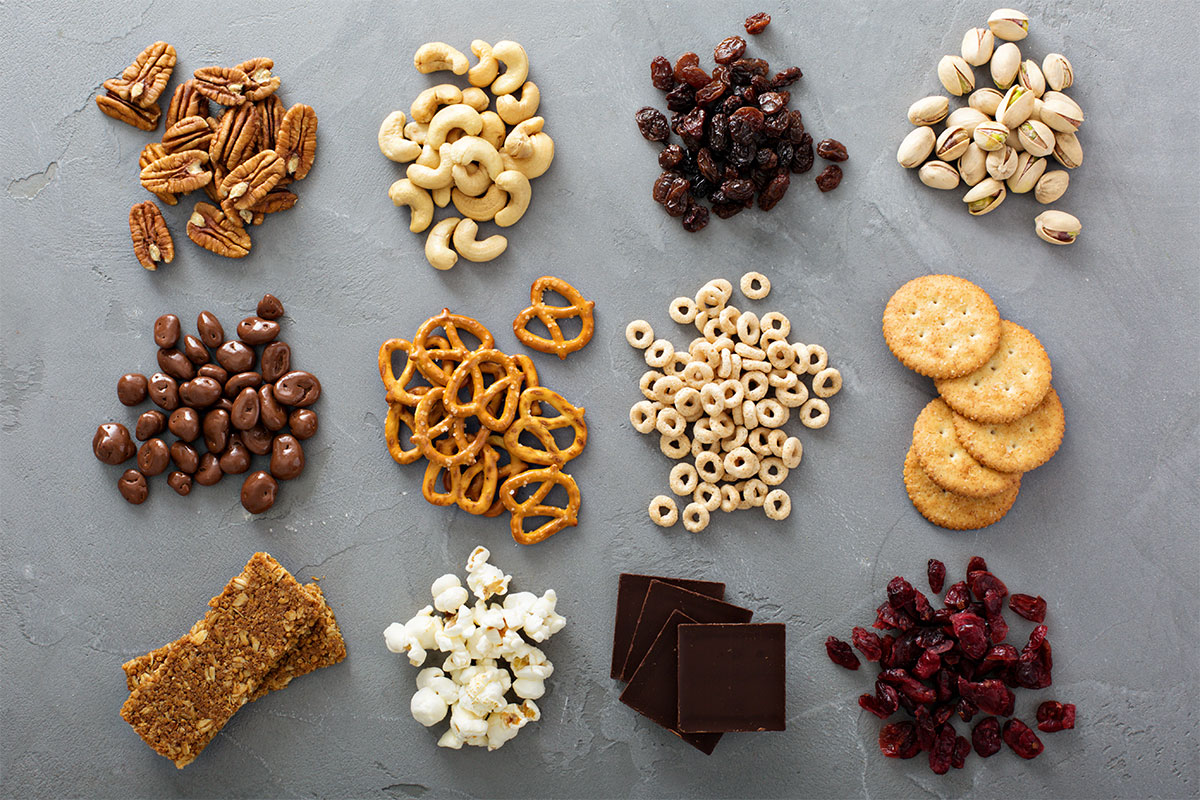

I recently started doing the boot camp class at LA Fitness and I noticed that I get very hungry after class. Any recommendations? I need to lose like 30 lbs., please help.
– Adela C.

When your body tells you to EAT (now!) post-exercise, it certainly gets your attention! That hunger may be normal, though disruptive to weight loss efforts if you eat the energy equivalent of what you just burned. A small recovery snack such as a two-inch apple and tablespoon of peanut butter may do the trick. Base it on carbohydrates to replace spent fuel. A cup of dry cereal to munch on travels well. A single ounce granola bar is another convenient option. But if you’re planning on a meal in an hour or so, try to fill up on light fare such as air-popped popcorn, celery, rice cakes, and melon to stave off hunger until then.
Other tips include:
– Debbie J., MS, RD
This article should not replace any exercise program or restrictions, any dietary supplements or restrictions, or any other medical recommendations from your primary care physician. Before starting any exercise program or diet, make sure it is approved by your doctor.
Some questions have been edited for length and/or clarity.
 Have a nutrition question? Our registered dietitian is ready to help!
Have a nutrition question? Our registered dietitian is ready to help!
Email nutrition@lafitness.com or submit your question below and it may be featured in an upcoming article!
If you’re careful with your nutrition, working out weekly, and still experiencing problems with your weight, take a moment to read this QA.
Blood sugar control isn’t easy. These are Debbie’s top recommendations for how to address weight control with Type II Diabetes.
It's easier to work hard when you’ve got a game plan. Here are some options to help keep you moving until the last second of your workout!
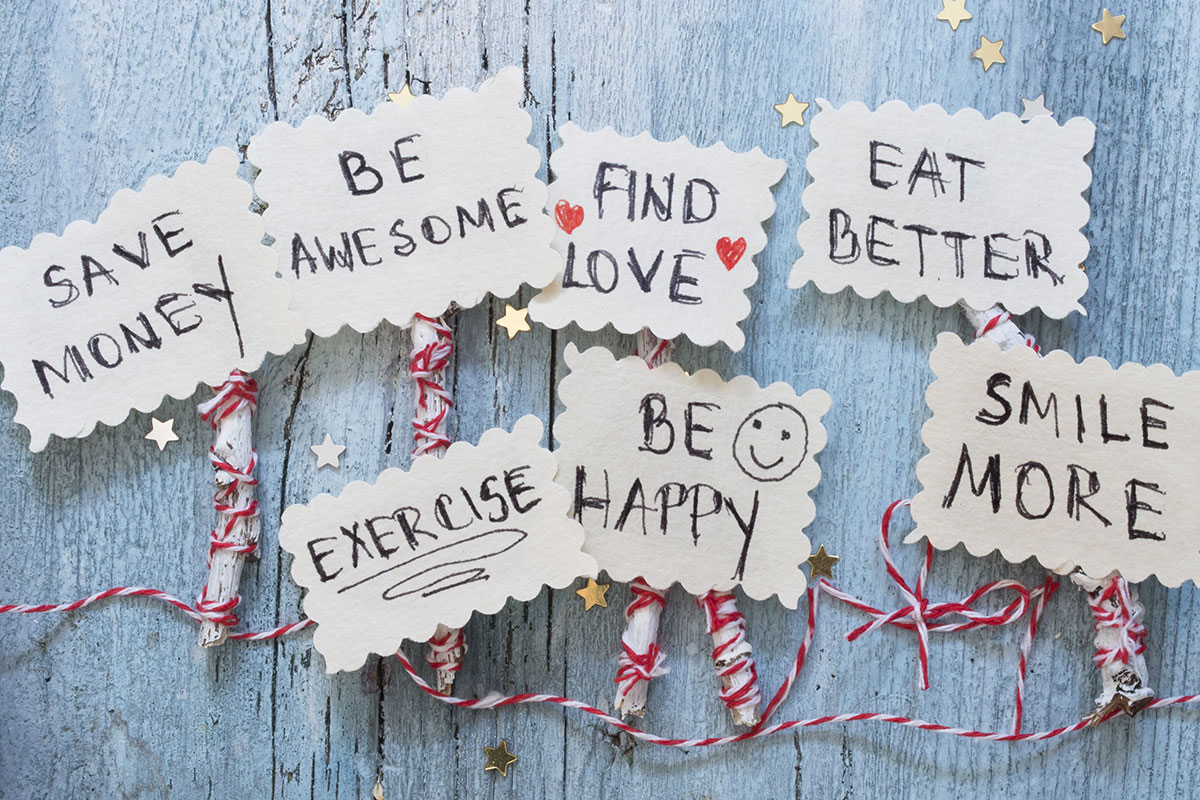

JANUARY
Make a plan – You’re more likely to get things done if you know how, when, and where you’ll do them. Just saying you’ll do something isn’t enough. Identify the days, times and location of the activity. Make a contingency plan for when you’re short on time or money.

FEBRUARY
Go back to basics – Rely on the tried-and-true changes that make for success. Use what’s worked in the past rather than reinventing the wheel. Ask experts and professionals for their advice and read up on how most people accomplished the same goal.
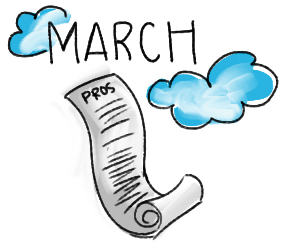
MARCH
Make a list – Write out all the benefits to accomplishing your goal. Focus on the “pros” instead of the “cons.” Use these to push you when you don’t feel up to the task. Knowing what you’ll get out of it helps draw you to action.

APRIL
Track your progress – Log, chart or graph to keep the quantitative (intake, reps, weight, etc.) measures of your journey visual. Reference it daily as motivation and a reminder of your achievements. Remember that most advancements aren’t linear, so look at overall progress.

MAY
Get happy – Focus on the positive by identifying a small accomplishment each day. Believing in yourself may be the most important factor to success.* Recognizing small feats can give you the drive to accomplish larger ones.

JUNE
Recommit yourself – Pick yourself back up after a fall. Not everything goes according to plan (sigh). Having the resilience to get back to routine after a misstep is more important than not making any mistakes to begin with.

JULY
Avoid temptations – Be sure you’re not in a situation that could lead you astray. Ahem, not next to the buffet or on a comfy sofa. Choose environments in line with your goals so you can avoid the “Should I or shouldn’t I?” internal battle.
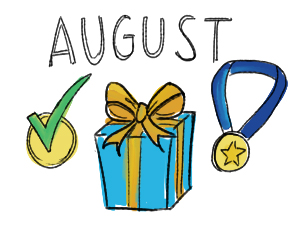
AUGUST
Reward yourself – When you hit a milestone, celebrate! (But not with something that will lead you to go in reverse ?) Give yourself a pat on the back and something tangible, too. Perhaps make smaller weekly goals for a small pay-out, such as a magazine or video game.

SEPTEMBER
Reflect on your journey – How great did it feel to overcome the last challenge? Look at how far you’ve improved since starting. Like autumn, you are in a season of change that doesn’t happen all at once. Enjoy each step along your path.

OCTOBER
Call on friends for support – There is truly strength in numbers! Enlist a workout buddy or lunch pal to keep you on track. Even the verbal support of those close to you who aren’t physically nearby can lift you up and spur you to continue onward.

NOVEMBER
Try something new – Now is the time to break up your routine and keep things interesting. Let your curiosity get the better of you. Attempt a new class, sample a different product, taste a new cuisine or give an innovative method a shot, providing it’s in line with your goals.

DECEMBER
Remember why you started – Bring those reasons to the forefront of your priorities. Think of this month as the last sprint to the finish line! If you’re behind don’t throw in the towel but double-down on your efforts to surge ahead.
Resource:
If you’re careful with your nutrition, working out weekly, and still experiencing problems with your weight, take a moment to read this QA.
Blood sugar control isn’t easy. These are Debbie’s top recommendations for how to address weight control with Type II Diabetes.
It's easier to work hard when you’ve got a game plan. Here are some options to help keep you moving until the last second of your workout!
Be the first to know about exclusive
content, deals and promotions